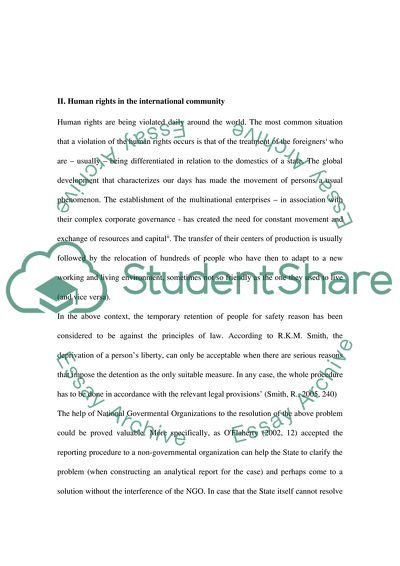Cite this document
(International Human Rights Law Case Study Example | Topics and Well Written Essays - 1750 words, n.d.)
International Human Rights Law Case Study Example | Topics and Well Written Essays - 1750 words. Retrieved from https://studentshare.org/law/1704011-international-human-rights-law
International Human Rights Law Case Study Example | Topics and Well Written Essays - 1750 words. Retrieved from https://studentshare.org/law/1704011-international-human-rights-law
(International Human Rights Law Case Study Example | Topics and Well Written Essays - 1750 Words)
International Human Rights Law Case Study Example | Topics and Well Written Essays - 1750 Words. https://studentshare.org/law/1704011-international-human-rights-law.
International Human Rights Law Case Study Example | Topics and Well Written Essays - 1750 Words. https://studentshare.org/law/1704011-international-human-rights-law.
“International Human Rights Law Case Study Example | Topics and Well Written Essays - 1750 Words”. https://studentshare.org/law/1704011-international-human-rights-law.


